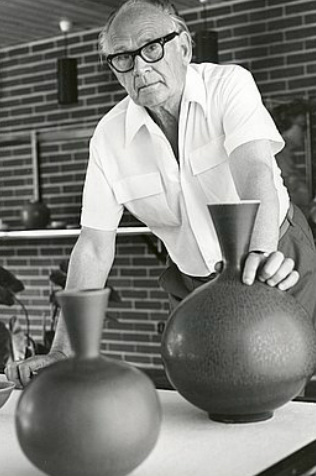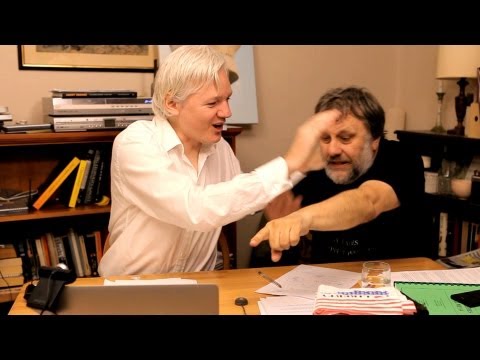| | Stig Lindberg (1916-1982) Stig Lindberg was a Swedish ceramic designer, glass designer, textile designer, industrial designer, painter, and illustrator. In 1962, Lindberg won the Gold Medal at the First International Ceramics Festival in Prague. One of Sweden's most important postwar designers, Lindberg created whimsical studio ceramics and graceful tableware lines during a long career with the Gustavsberg pottery factory. Stig Lindberg studied painting at the University College of Arts, Crafts and Design. In 1937, he went to work at Gustavsberg under Wilhelm Kåge. In 1949, he was named Kåge's successor as art director. From this period until he left Gustavsberg in 1980, he designed individual ceramic items, as well as factory produced ranges and lines of dinnerware. He achieved fame for his eccentric forms and whimsical decoration. -http://en.wikipedia.org/wiki/Stig_Lindberg Berndt Friberg (1899-1981) Sweden’s master potter, Berndt Friberg was originally employed as thrower to Wilhelm Kåge and Stig Lindberg at Gustavsberg’s pottery. His work is sensuous and at it’s best when treated with his characteristic matt glazes in the oriental manner, which were painstakingly applied to achieve an astonishing structure and depth. Friberg was born to a family of pottery makers and started his career as a youth at Höganäs pottery. From 1944 to his death, he produced ceramics for the legendary Gustavsberg Studio. This workshop was created by Wilhelm Kåge as a platform for artists to independently create unique ceramic art ware. Friberg threw and glazed all his stoneware vessels himself. He was a perfectionist and did not keep any pieces which were not to his satisfaction. Berndt Friberg was inspired by traditional Chinese and Japanese glazes when experimenting his way to his significant rabbit’s fur glaze. Friberg participated in not less than 40 exhibitions, and during his career, that lasted almost half a century, he received many awards including the gold medals at the Milan Triennale in 1948, 1951 and 1954. -http://www.modernity.se/en/tag/berndt-friberg |
|
0 Comments
In some ways, art historian, critic, teacher, translator, and studier of Greek, Latin, Sanskrit, and classical philosophy Thomas McEvilley started multiculturalism as we know it in the art world. In 1984, MoMA organized "Primitivism" in 20th Century Art: Affinity of the Tribal and the Modern. In a series of brilliantly reasoned scathing letters to the editor of Artforum, McEvilley blasted MoMA, all museums of modern art, and the entire art-historical infrastructure as it then existed. His claim, which was then correct, was that European and American art history was using third world art and artists as footnotes to Western art history without recognizing the primacy of these formal cultures. Asian and African works were rarely not seen in lower hierarchical position to western art — which played the role of masterpiece and genius to tribal art's perpetual role as influence or antecedent. McEvilley's role as spokesperson was elevated to general in the war on cultural imperialism when, to everyone's surprise, the show's curators answered back in Artforum. For a few issues the art world watched and read a war of words take place.
read more: http://www.vulture.com/2013/03/thomas-mcevilley-1939-2013.html
|




